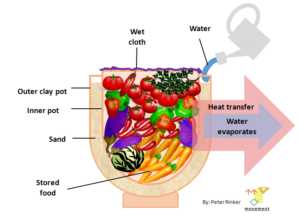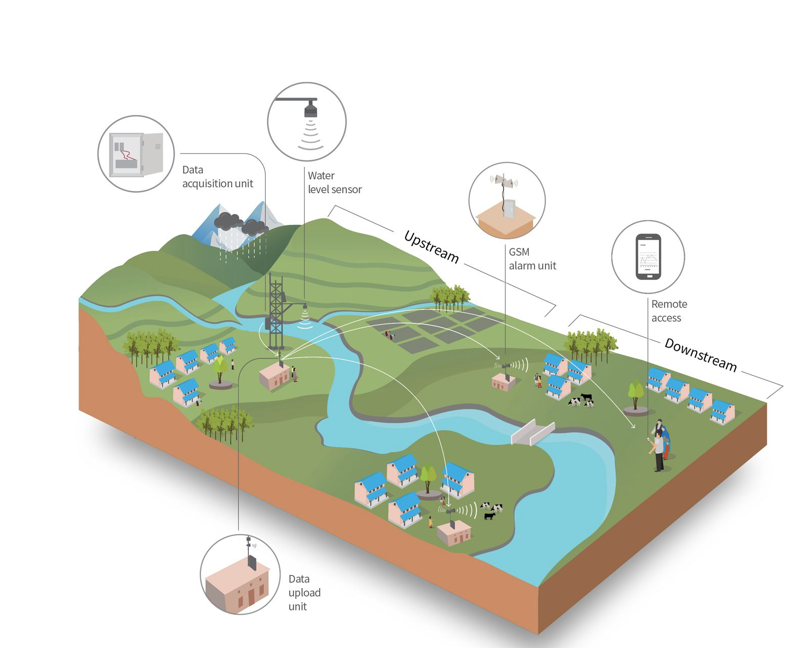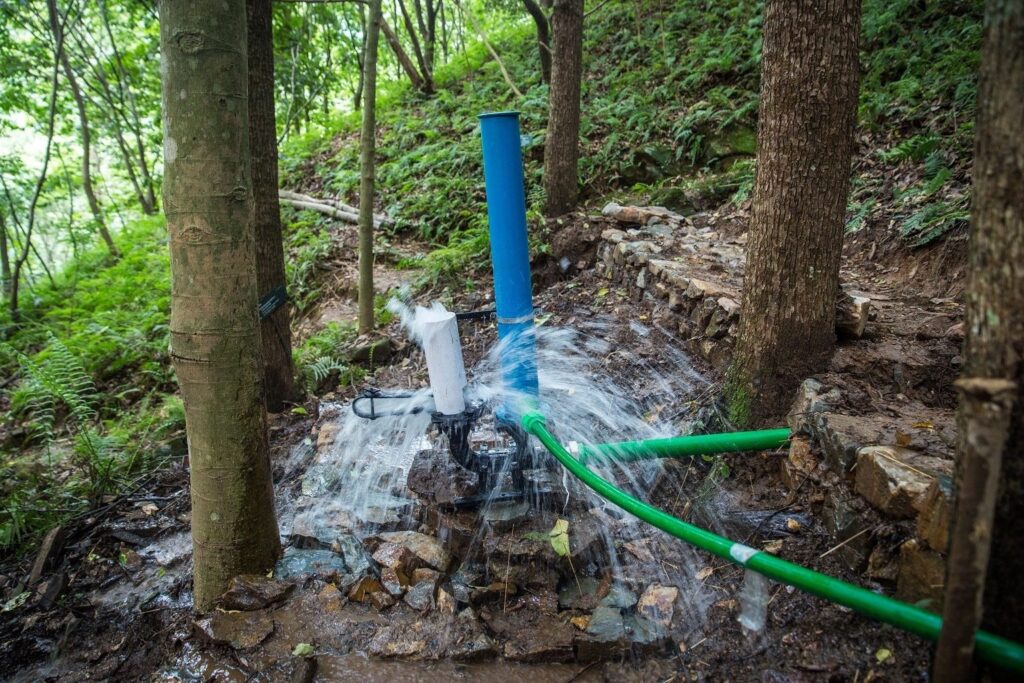The following text is a Danish adaptation of a post on JUST Nepal Foundation’s Facebook page.
Reading time 4 min – Listening time 6 min
There is now hope for the potatoes in Helambu. And the tomatoes. During the monsoon, when they rot away because they can’t be kept cool and dry.
Seven climate change champions from Helambu, together with CICED’s partner JUST Nepal Foundation, collected many ideas during a visit to the ICIMOD Living Mountain Lab.
The seven champions are from the teams of 90 young people that JNF and CICED engaged and trained a few years ago with a focus on a sustainable future in Helambu. These young people have evolved to actively participate in community work, not only through JNF, but also on their own. Currently, some of them have been selected as Climate Change Champions as part of JNF’s efforts to better equip communities in Helambu against the negative effects of climate change.
The ICIMOD visit aimed to introduce Climate Change Champions to sustainable agriculture solutions and techniques in the hope that they can adopt some of them in their own work areas.
Some of the demonstrations that attracted a lot of interest were the ‘zeer-pot’ cooling technique. This is where rescuing potatoes and tomatoes during the monsoon comes in. Few, if any, people can afford prefabricated modern cold rooms that require electricity.
A zeer pot is a simple but ingenious evaporative cooler, known from northern Africa and the Middle East, where the technique is used to keep vegetables fresh. A zeer pot consists of two clay pots, one inside the other, and the space between them is filled with wet sand. The sand acts as a thermal mass that helps keep the inner pot cold once it has cooled down and acts as a wick that spreads the moisture up the walls of the pot. When the pot is placed in a shady place with a breeze, the evaporation of water from the outer surface will cool the pot.

(Source: Handwiki)
At ICIMOD, they’ve translated the technology to slightly larger storage needs, replacing pots with bricks.

Kiwis and monkeys
One of the young champions, Tenzing Lopsang Hyolmo, was inspired to start his own production of biobriquettes. Here too, the monsoon gets the ‘credit’ for the initiative. The heavy, month-long rains often lead to the destruction of roads and bridges. This eliminates the supply of kerosene, the most common source of cooking fuel. The fact that biobriquettes also have ecological and health benefits only increases interest and potential.
The living mountain lab ICIMOD also showcased pest-resistant crops, plants that prevent soil erosion, and SALT (Sloping Agriculture Land Technology) for kiwi cultivation. The method of kiwi cultivation attracted a lot of interest due to the cheap, natural wooden trellis used to support the kiwi vines. In Helambu, kiwi is already grown, but heavy cemented structures are often used to support the vines. This increases the financial burden on local farmers trying to make a living from kiwifruit cultivation. ICIMOD guide Purnaji explained that picking kiwifruit well before they ripen keeps them safe from monkeys, which are a constant threat to the crops in Helambu.

ICIMOD was also able to demonstrate a simple but effective ‘community-based system’ for early flood warning. Given Helambu’s recent flooding disaster in 2021, timely interventions are crucial to minimize the consequences of future disasters.

(Source: ICIMOD)
The visit to ICOMOD was the first of its kind for the entire JNF team, and it not only provided a short-term relief from daily work, but also encouraged members to seek innovative, cost-effective and locally viable solutions to address climate change.
We end with photos and links to some of the other inspiring technologies that the seven young activists and the JNF team took home from their visit to ICIMOD.


Four-mouth clay stove

Efficient salad cultivation

From fog to irrigation


